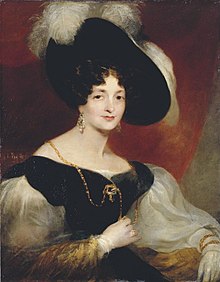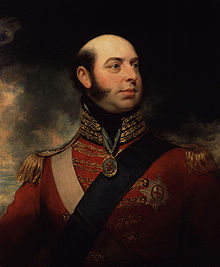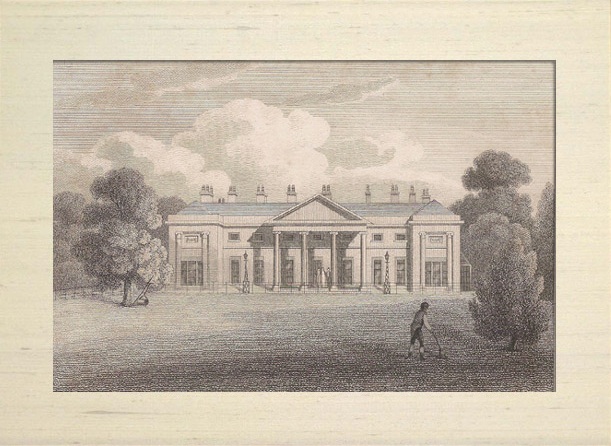This is an idea that just wouldn't go away, this is a relatively short prologue which I think should get the general idea of what is going to happen across.
-----
Prologue
-- On May 24, 1819, Princess Victoria of Saxe-Coburg-Saalfeld went into labor and quickly delivered a healthy baby boy[1]. The news was quickly spread across the United Kingdom and was considered good news. The British succession, which had fallen into doubt due to the King and his brother's lacking living legitimate heirs of their own, was now secure with a spare[2].
-- On June 24, 1819 the Archbishop of Canterbury, Charles Manners-Sutton very quickly having to field suggestions for the royal name from a number of notables and representatives. In the end it was decided that the boy would be christened Victor Alexander Edward, to honor his mother Princess Victoria, one of his godfathers, Emperor Alexander I of Russia, and lastly his father Prince Edward, Duke of Kent and Strathearn.
----
[1] POD was nine months ago, the parents of OTL's Queen Victoria had a baby boy.
[2]As Welshroyalhistory reminded me, the Duchess of Clarence at the time had had a female baby, so Victor would be viewed as a possible spare heir.
Last edited:


